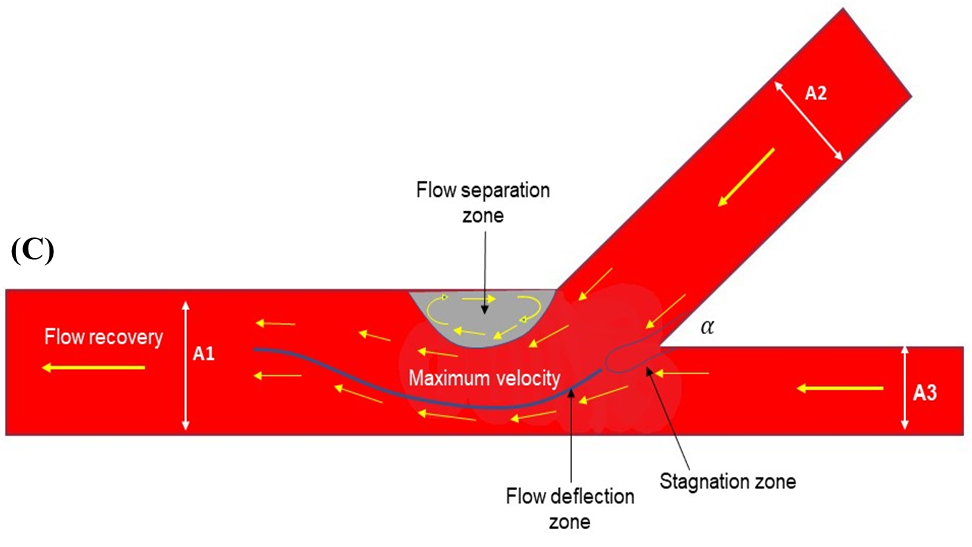
Questions on the Genesis and Growth of Coronary Lesions and their Answers Based on Fluid Mechanics Engineering: A New Dynamic Angiography Analysis
- Articles
- Submited: October 8, 2022
-
Published: October 9, 2022
Abstract
In the continuing debate regarding the mechanism of atherosclerotic plaque formation in arteries, one question remains unanswered: While all arteries in a patient are exposed to the same systemic risk factors (hypertension, diabetes, aging, nicotine of cigarettes, etc.), why do plaques frequently present in the coronary arteries, and to a lesser extent in the arteries of the lower extremities, and still less in the carotid or renal arteries? Over the past five years, in order to find an answer to the above question, there has been a radical shift in our research strategy: The principles of fluid dynamics in industrial and domestic pipes/pipelines were employed to decipher changes in the cardiovascular system. The types of flow under investigation included laminar, entrance, turbulent, and helical flows in systole and diastole, as well as the interface between antegrade and retrograde flows resulting in water hammer shock and cavitation phenomena. We aim to highlight the similarities and differences among flow types in arteries and pipes and to apply the same methodologies to study the formation, growth, and rupture of coronary plaques leading to inactive and active clinical syndromes as well as the beneficial mechanism of percutaneous coronary interventions (PCI). In this article, we list the questions and the answers based on the main data of several completed studies and the preliminary results of ongoing projects from a fluid mechanics perspective. The angiographic coronary images of recirculation flow, vortex formation, collision, hammer water shock, and cavitation will be showcased in detail, and their videos in slow motion are uploaded in the addendum for further in-depth review.
